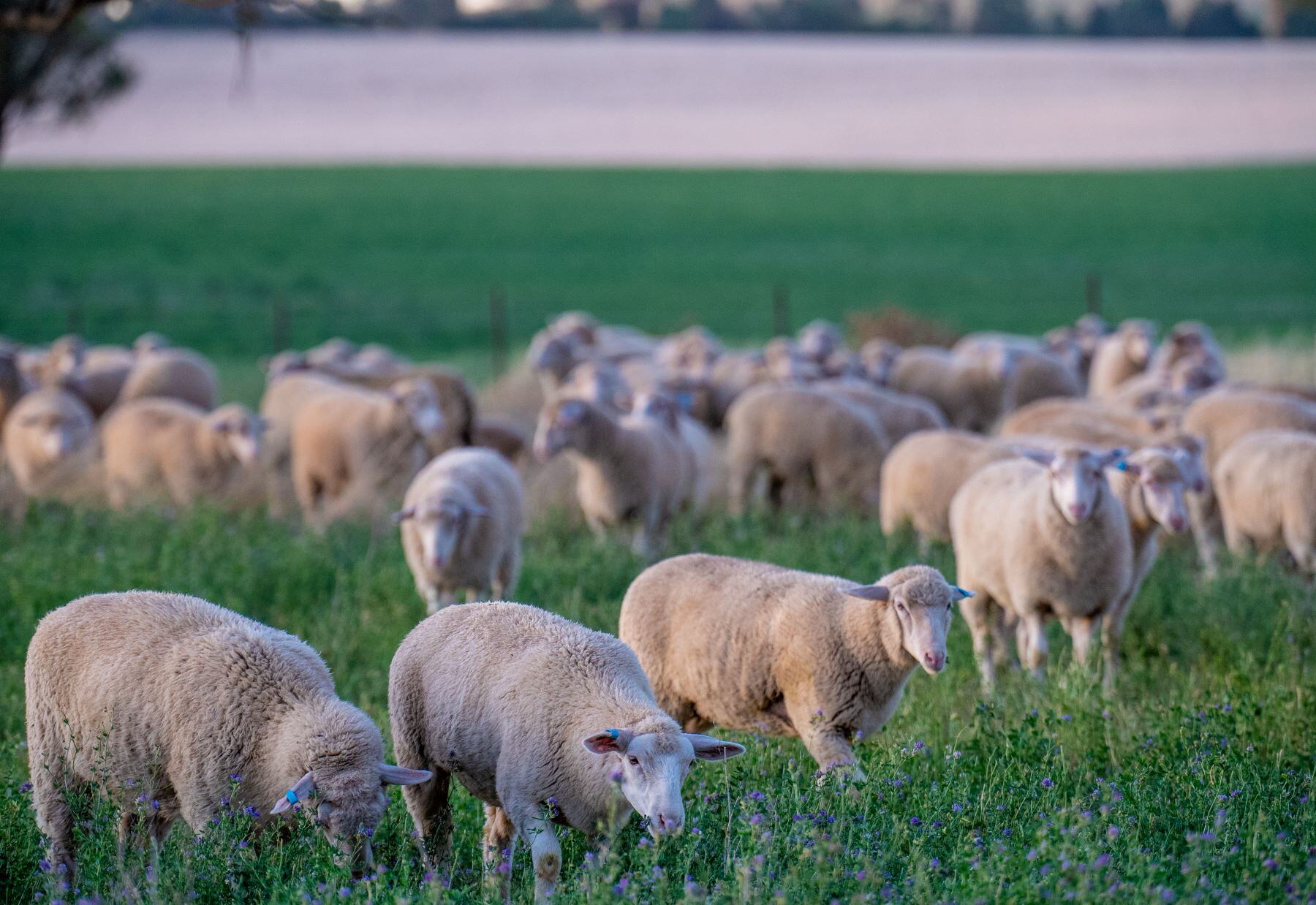The Australian Beef Market in 2025: An Absolute Cracker
In this column in July, the StoneX H2 2025 Australian Cattle & Beef Market Outlook’s bold calls were analysed and assessed for what the final 6...

Lamb producers are certainly trading through unprecedented times at the moment, as they have been over the past 20 years. The rising trend in lamb slaughter over the past two decades can be put down to productivity increases as well as strong profitability, which reached a peak from 2019 through to 2021.

Figure 1 shows the growth in Australian lamb production over the past 20 years. Meat and Livestock Australia’s (MLA) latest projection are pegging 2024 slaughter as a new record, following close on the heels of the one set in 2023.
If we use the forecast lamb slaughter number for 2024 and compare to the turn of the century level, the increase is almost spot on 50%.
Over the past 10 years lamb slaughter has grown 24.6%. The back-to-back increases in supply of 16% (2023) and 11% (2024) have never been seen before. Previously there has only been one other double-digit increase, when lamb slaughter lifted 12% in 2012.
MLA is forecasting 2024 to be peak lamb supply for now. Figure 1 shows the MLA projections for a 5% decline in 2025, followed by a further 3% fall in 2026. This will still leave lamb slaughter at a higher number than any time before 2024.
We did see some of the effects of the supply growth this time last year, when slaughter capacity simply couldn’t keep up with the number of lambs. Thankfully 2024 has seen lamb slaughter capacity increase, and we are now seeing a truer reflection of supply and demand setting the price.

Figure 2 is a basic demand curve. On the X (bottom) axis we have annual slaughter. On the Y (left) axis we have the annual average Eastern States Trade Lamb Indicator (ESTLI). The lines on the chart show periods of consistent demand, when changes in supply have been reflected in changes in price.
There have been several years when prices have increased, despite stronger supply. This indicates an increase in demand. The further it moves to the right on the chart, the stronger price is relative to supply, showing stronger demand.
Since the turn of the century there have been five major shifts in demand for lamb. The latest was in 2024 (we’ve used year-to-date average ESTLI). Despite an 11% increase in lamb slaughter, prices have gained 22.5%.
In 2025 MLA are forecasting lower lamb slaughter, which should result in stronger prices. If the demand curve remains on a similar gradient to the 2018-2023 curve, expect an average ESTLI of 780¢/kg cwt in 2025.
 Angus Brown brings over 20 years of expertise analysing Australian agricultural markets, and also runs a mixed farming operation in Hamilton, Victoria.
Angus Brown brings over 20 years of expertise analysing Australian agricultural markets, and also runs a mixed farming operation in Hamilton, Victoria.
.jpg)
In this column in July, the StoneX H2 2025 Australian Cattle & Beef Market Outlook’s bold calls were analysed and assessed for what the final 6...
.png)
Each December we save the last article of the year for a bit of a crystal ball gaze, as we try to bring together market fundamentals and work out...
.png)
Australia’s wool market posted another strong performance this week, with all micron categories attracting solid support across the three selling...